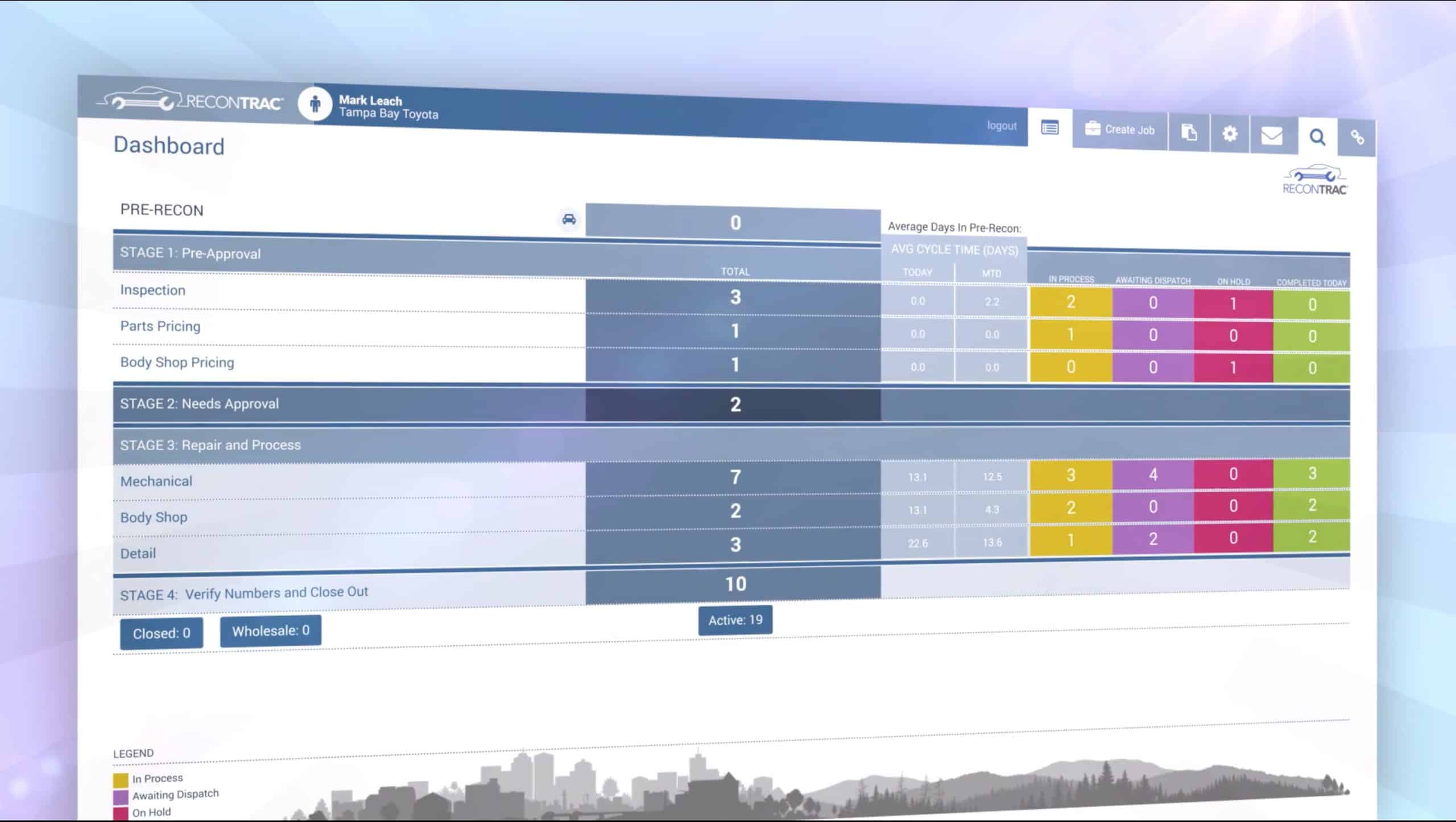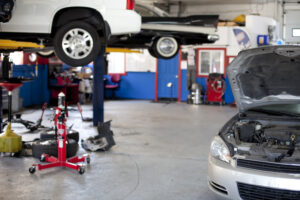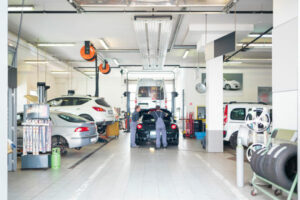Margin compression is a widespread problem in the automotive industry, one that doesn’t discriminate between new and used dealerships. But these shrinking margins don’t mean your profitability has to suffer. By making a few adjustments you can not only remain profitable but also grow your business — even with these tighter margins.
Here are a few tips to help you beat margin compression:
First Impressions Are Everything
In the internet age, first impressions count for a lot, and the first thing most people will see is your website. You want a well-laid-out website that makes it easy for customers to find what they’re looking for. You should also have a way for customers to browse your used inventory online. Customers are going to research alternative options, and you need to be at the forefront of their minds when they’re ready to make a purchase.
Prioritize Long-Term Customers
As margins continue to shrink, cultivating repeat customers is becoming more important. Get them engaged from the start with a quick turnaround time on answering emails and questions. When you have them in your dealership, make sure you’re providing them with useful and accurate information. These days it only takes a matter of seconds for the consumer to verify any information you give them, so providing good information right off the bat is a way to quickly build trust.
If you want people to keep coming back, then your job isn’t over once you’ve made a sale. Send out routine maintenance reminders, newsletters with car care tips, or interesting car-related news. Just make sure your content actually provides real value. Consumers dislike receiving spammy content. All of this will ensure that you’re still on their mind when it inevitably comes time for them to purchase their next vehicle.
Streamline Your Reconditioning Process
Gone are the cost-up selling days when you could expect to sell every pre-owned vehicle in your used inventory for $1000 over what you own it for. Before the internet, each car was unique and if the car needed a little more work, you just upped the selling price to cover the expense. Today with the consumer’s ability to see all of the similar vehicles in their market with the click of a mouse, they have the purchasing power. If you don’t price the car competitively, then it won’t sell. This is why streamlining your used car reconditioning process is more important than ever.
Every day a car isn’t on the lot, it depreciates by $40. That’s not a huge number when taken on its own, but when you apply it to our entire inventory, it can result in hundreds of thousands of dollars in depreciation each year. To use real numbers, if you hold 100 total vehicles in your inventory, by improving your reconditioning cycle time-to-market by just 2 days over your current average, it will result in a $96,000.00 annual net improvement. Everyday your car depreciates, your competition owns the same newly acquired car for $40 less than you do. Throwing away these thousands simply isn’t viable in the face of margin compression.
In order to streamline your used car reconditioning process, you need accurate and detailed data. How much, on average, are you spending per car? Could you get parts cheaper? Are there any notable bottlenecks in the process? It isn’t always easy to get your hands on this kind of information, especially when you have different teams working on different parts of the process. That’s where a product like ReconTRAC comes in.
ReconTRAC allows you to track every step of your used car reconditioning process. This removes the guesswork and allows you to make smart improvements and get your vehicles out to the lot faster. Please, contact us today for a free demonstration of our ReconTRAC software.





